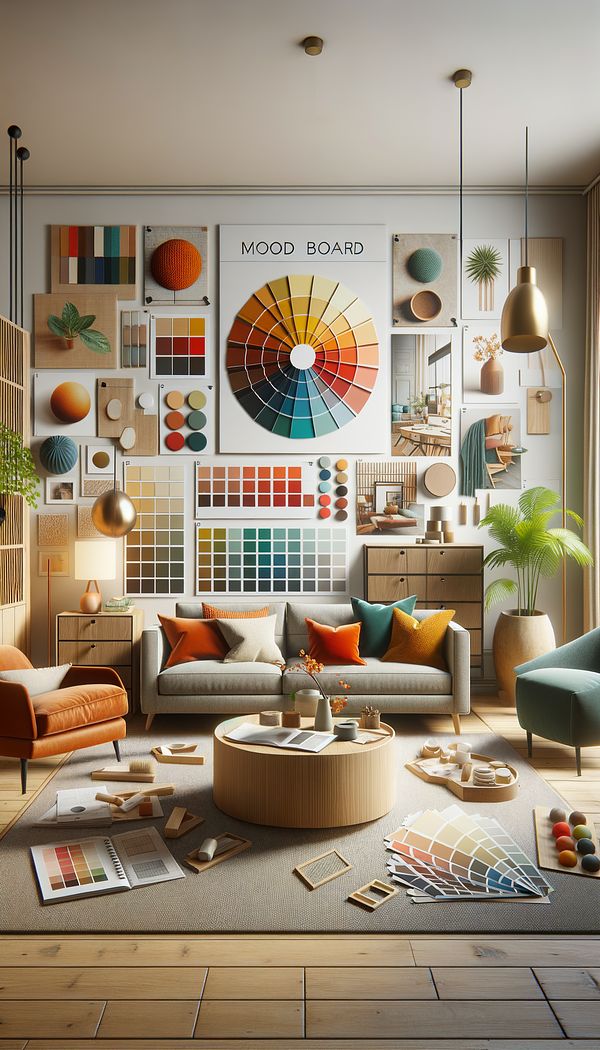What is a Tertiary Color?
A color created by mixing one primary color with one secondary color.
Description
In the world of interior design, understanding color is fundamental, and tertiary colors play a significant role in this arena. These colors are formed when a primary color (red, blue, or yellow) is mixed with a secondary color (green, orange, or purple). This process results in a rich palette of colors that includes hues like red-orange, yellow-green, blue-green, and so forth, each offering its unique charm and ambiance.
Tertiary colors are essential for designers aiming to create sophisticated and nuanced color schemes. They add depth and complexity to interior spaces, allowing for more personalized and layered design narratives. Furthermore, these colors can bridge the gap between primary and secondary hues, creating a harmonious transition in color-rich environments.
Applying tertiary colors effectively requires a thoughtful approach. Designers must consider the psychological impact colors have on the inhabitants of a space. Colors can influence mood, emotions, and even behavior, making it paramount for designers to select the right hues that align with the desired atmosphere and function of the room.
Incorporating tertiary colors into decor can be achieved through paint, textiles, accessories, or artwork. The careful consideration of color combinations and their interactions is key to achieving a balanced and cohesive interior design.
Usage
For instance, a designer might add cushions in a blue-green hue to a living room with a dominant yellow-green theme to enhance visual harmony and interest. Alternatively, painting a feature wall in a red-orange shade could add warmth and energy to an otherwise neutral space.
FAQs
-
How are tertiary colors created?
Tertiary colors are created by mixing one primary color (red, blue, or yellow) with one secondary color (green, orange, or purple).
-
What role do tertiary colors play in interior design?
Tertiary colors add depth and complexity to interior spaces, helping to create sophisticated and nuanced color schemes that offer a personalized and layered design narrative.
-
Can tertiary colors influence the mood of a room?
Yes, like all colors, tertiary colors can significantly influence the mood, emotions, and behavior of the inhabitants, which is why choosing the right hues to align with the desired atmosphere of the room is crucial.
Practical Application
When incorporating tertiary colors into your design, start by identifying the primary and secondary colors present in the space. Consider which tertiary color could complement or contrast these hues effectively. Use color swatches and samples to visualize how different tertiary colors will interact with existing elements in the room. Remember, balance and harmony are key, so introduce tertiary colors thoughtfully through smaller decor elements before committing to larger, more impactful changes.
-
Design Styles478 articles
-
Decorative Techniques322 articles
-
Decorating Principles & Elements330 articles
-
Color & Patterns154 articles
-
Textiles & Upholstery252 articles
-
Receding ColorsReceding colors are hues that appear to fall back or retreat in a space, creating an illusion of depth and expanse.
-
TactilityTactility refers to the sensation and quality of touch in materials, textures, and objects within an interior space.
-
Filament LightingFilament lighting refers to a type of light source characterized by visible filaments inside the bulb that glow to produce light.
-
LanternAn enclosure for light that can be carried, hung, or mounted to illuminate indoor or outdoor spaces.
-
Parsons LegA simplistic, square, or rectangular support typically found on tables and chairs.
